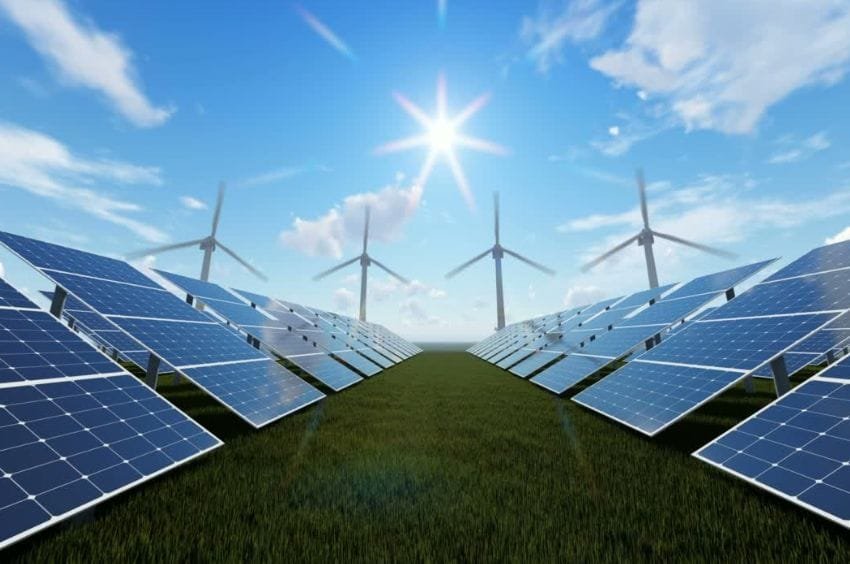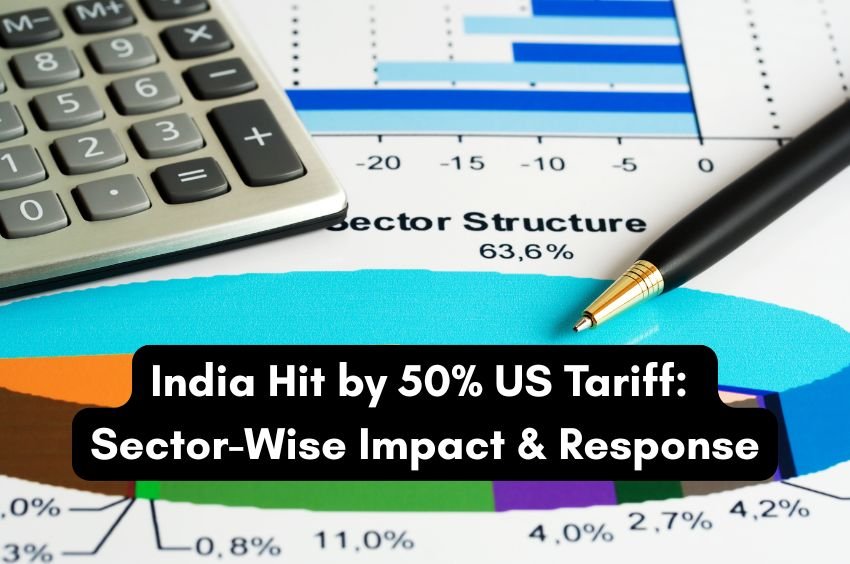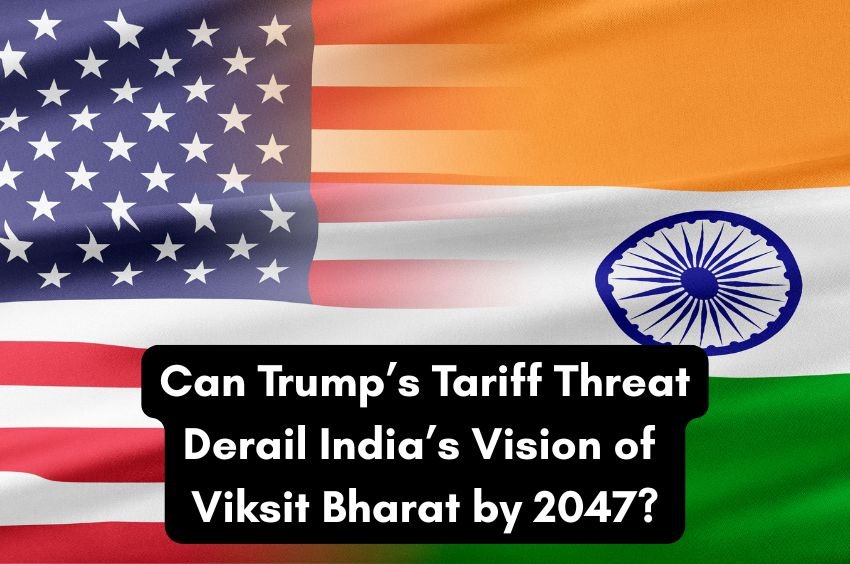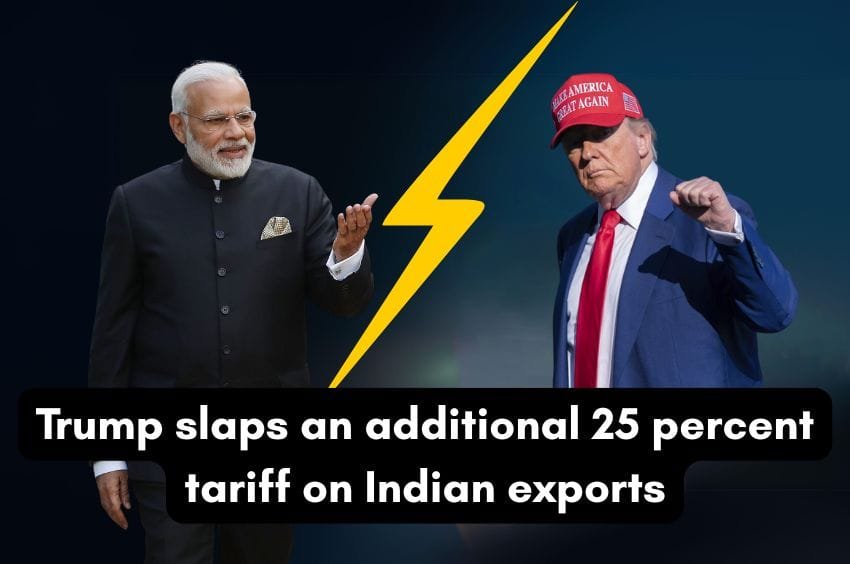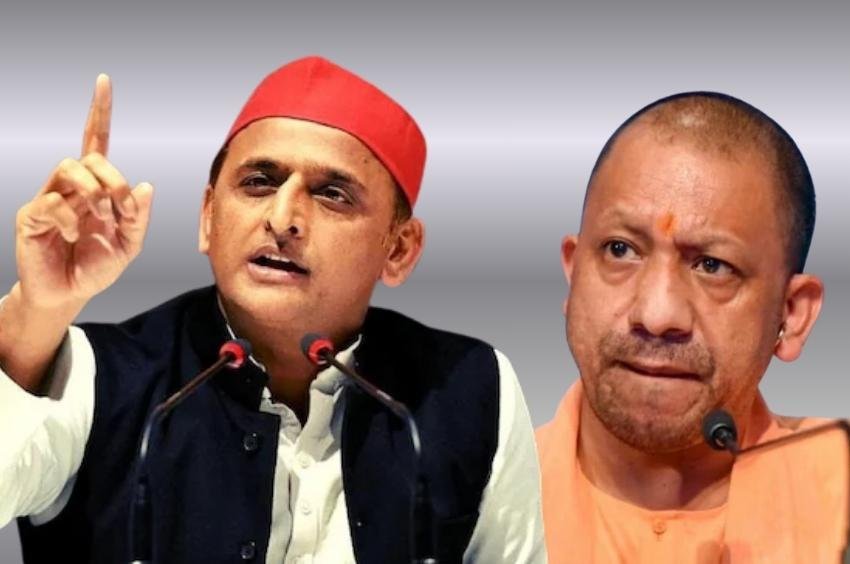The Hidden Threat to India’s Solar Revolution
India’s ambitious solar energy push is facing an unexpected enemy – its own polluted air. While the country races to expand renewable energy capacity, rising atmospheric pollution and climate change are silently reducing solar panel efficiency. This paradox threatens to undermine India’s clean energy transition just when it’s needed most.
Key Challenges Facing India’s Solar Sector
1. Pollution’s Direct Impact on Solar Output
-
Smog & dust scatter sunlight, reducing solar irradiance by 30-50% in peak pollution months (IIT Delhi study)
-
Particulate matter (PM2.5/PM10) deposits on panels, cutting efficiency by 15-25%
-
Winter smog in North India causes up to 30% generation losses
📌 Real-World Example (Jan 2024):
Northern India saw 20+ days of severe smog, leading to a 50% drop in solar power output (Solargis data).
2. Climate Change Worsens the Problem
-
Rising temperatures reduce solar panel conductivity
-
More frequent dust storms & haze in solar-rich regions (Rajasthan, Gujarat, Delhi-NCR)
3. Water Shortages Complicate Panel Maintenance
-
Cleaning solar panels requires 3-5 liters of water per panel monthly
-
Solar farms in arid regions (like Rajasthan) face conflicts with farmers over groundwater use
Alarming Projections: How Much Solar Potential Could India Lose?
| Scenario | Projected Solar Loss (2041-50) | Main Causes |
|---|---|---|
| Weak pollution control + Weak climate action | 850 GWh reduction | High PM levels, rising temps |
| Strong pollution control + Weak climate action | 600 GWh reduction | Temperature rise dominates |
(Source: IIT Delhi Climate Modeling Study)
💡 Key Insight: Even with better air quality, climate change alone could slash solar efficiency.
The EV “Solution” That Isn’t Solving Anything
India’s push for electric vehicles (EVs) to curb urban pollution has a critical flaw:
🔋 Where Does the Electricity Come From?
-
75% of India’s power still comes from coal-fired plants
-
Shifting to EVs just moves emissions from cities to power plant zones
🚗 Delhi’s New Vehicle Rules (2024-26):
-
Ban on new petrol 2-wheelers from Aug 2026
-
CNG autos >10 years old must convert to electric
-
Households limited to 2 fossil-fuel cars (3rd must be EV)
⚠️ Reality Check: Without cleaner electricity, EVs won’t reduce India’s carbon footprint.
4 Urgent Solutions to Save India’s Solar Potential
1. Anti-Smog Policies with Teeth
-
Stricter industrial emission norms
-
Dust control measures at construction sites
2. Water-Free Solar Panel Cleaning Tech
-
Robotic vacuum cleaners (used in UAE’s deserts)
-
Hydrophobic coatings to repel dust
3. Faster Coal-to-Renewables Shift
-
Accelerate battery storage projects
-
Rooftop solar incentives for urban areas
4. Climate-Resilient Solar Farms
-
Dynamic tilt panels to avoid dust accumulation
-
Solar-wind hybrid plants to balance generation
The Bigger Picture: Pollution’s Human Cost
📉 World Air Quality Report 2024 Findings:
-
13 of 20 most polluted cities globally are in India
-
Delhi = World’s most polluted capital
-
5 years = Average drop in life expectancy due to bad air
💬 Expert Warning:
“Without holistic action, India’s solar dreams—and public health—will keep suffocating under pollution.”
Key Takeaways for Policymakers & Investors
✅ Pollution & solar efficiency are directly linked – Clean air = More renewable energy
✅ EVs alone won’t fix pollution – Decarbonize the grid first
✅ Water-free panel cleaning must become standard
✅ Climate adaptation is as crucial as emission cuts
